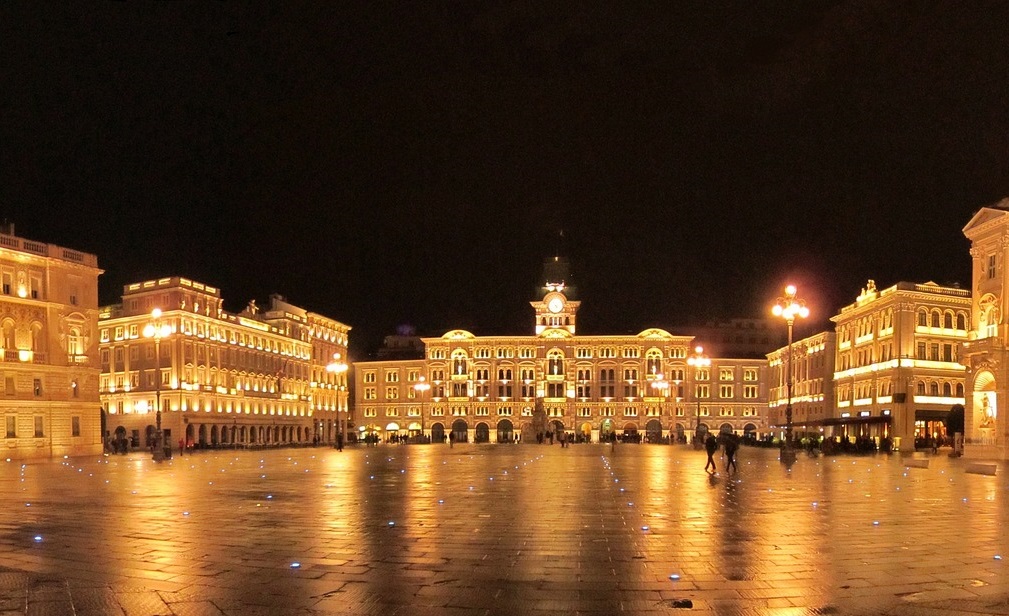What if Native Americans had discovered Europe, if Nazi Germany emerged victorious in World War II, if Trump wins the 2023 election? What if your parents had never met one another?

Sean Sheehan
Speculating along these lines invite responses ranging from intellectual curiosity to fear, trepidation and an existential abyss. Mary Morrissy has dared to write a novel that takes a real-life event and imagine what might have happened if one of its moments failed to occur.
On10 June 1904, a 22-year-old Irishman by the name of James Joyce approached a woman that caught his eye when they passed on a Dublin street. He stopped and conversed, asked her for a date; she agreed but failed to turn up.
Undeterred – and having learnt that she worked as a chambermaid at a local hotel – he wrote to her and tried again.
This time it worked and on 16 June they walked out and got to know one another for the first time; an occasion that Joyce would memorialize in “Ulysses”. Every year on that date, the greatest novel of the 20th century is celebrated around the world on a day that has become known as Bloomsday (Bloom being the fictional hero of Joyce’s novel).
Before the year was out, they left Dublin and after staying briefly in Paris and Zurich they came by train to Trieste on 20 October. Their funds were precariously low and the prospect of a job teaching English in Trieste was motivation enough.
 Nora was left with their luggage in a small park opposite the train station while Joyce went off to find accommodation for the night. On the way, he tried to use his Italian to settle an altercation involving some sailors but found himself being escorted by officers to a police station. It was dark and late when the misunderstanding was sorted and he returned to the park where Nora was waiting for him. An inauspicious beginning, indeed, but they would spend the rest of their lives happily together.
Nora was left with their luggage in a small park opposite the train station while Joyce went off to find accommodation for the night. On the way, he tried to use his Italian to settle an altercation involving some sailors but found himself being escorted by officers to a police station. It was dark and late when the misunderstanding was sorted and he returned to the park where Nora was waiting for him. An inauspicious beginning, indeed, but they would spend the rest of their lives happily together.
In Morrissy’s novel, Nora becomes convinced that she has been deserted and the kindness of a stranger leads her away from the park and she is not there when Joyce eventually returns. Their paths diverge and eleven years pass before, back in Dublin, they face one another again.

The novel’s alternative history, focusing more on Nora than Joyce, blends real-life details from the known facts of their lives with imaginative inventions, some plausible and others wickedly imaginary.
The reader comes to believe in a Nora who had to make her way in a country where she did not speak the language and had no money.
What makes “Penelope unbound” such a lovely read is the way it becomes a love story between two people who set out on a great adventure, become separated through mischance and have to create an existence for themselves that keeps them divided.
“Penelope unbound”, by Mary Morrissy, is published by Banshee Press.
(Photo: Pixabay)












.jpg)












